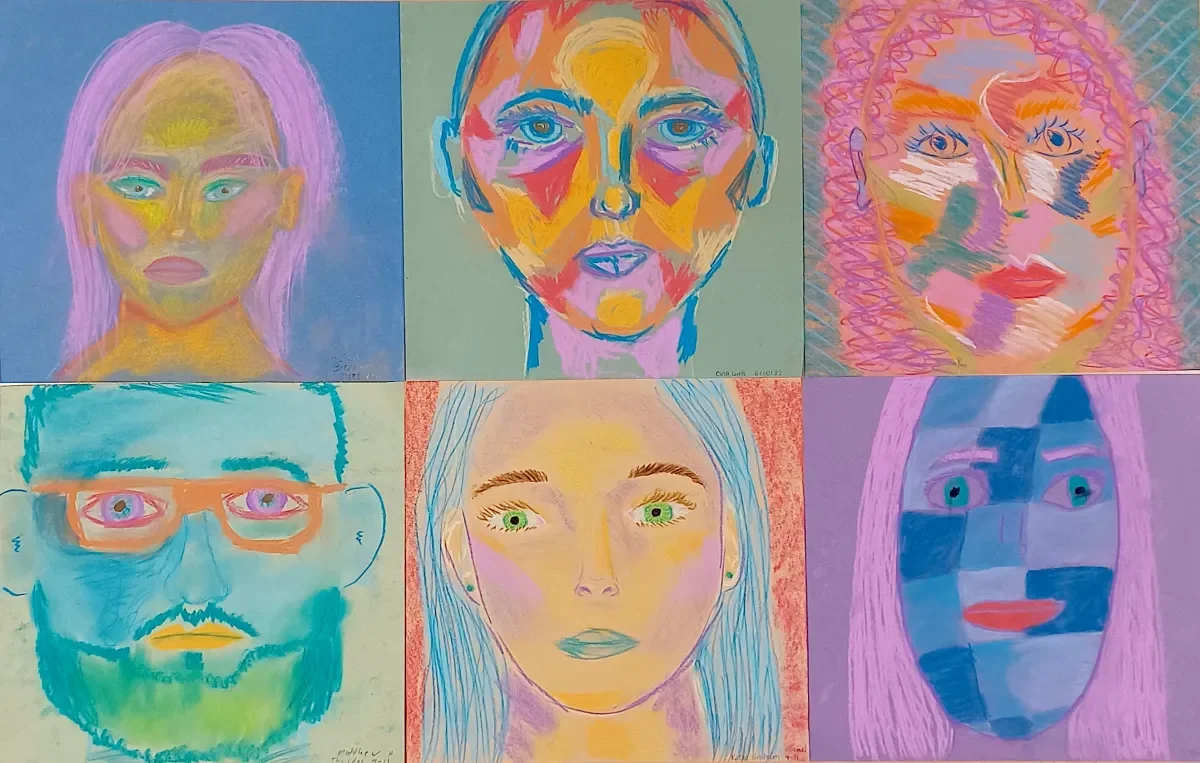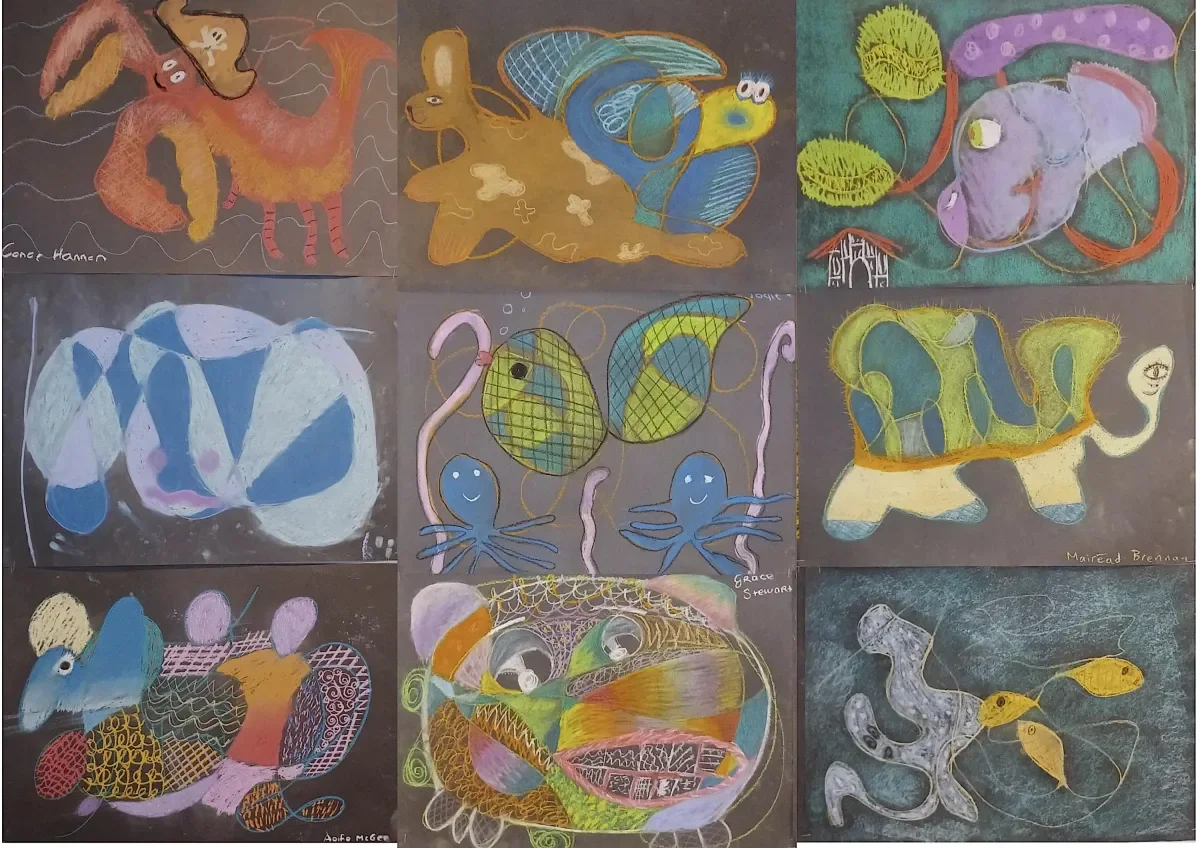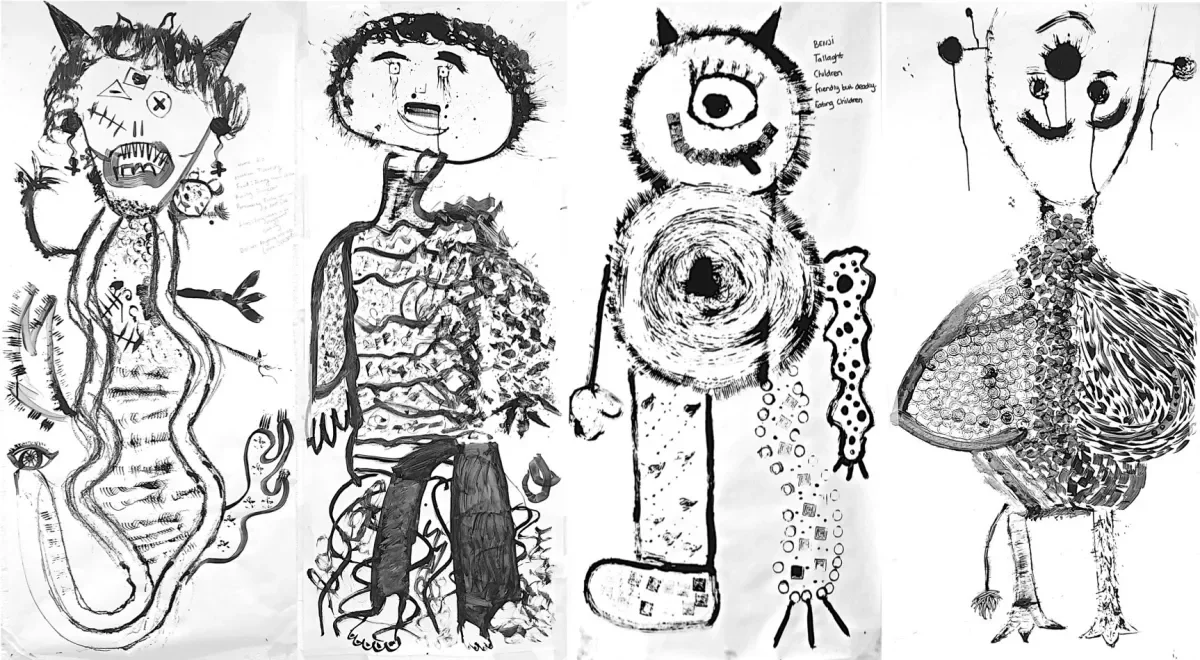
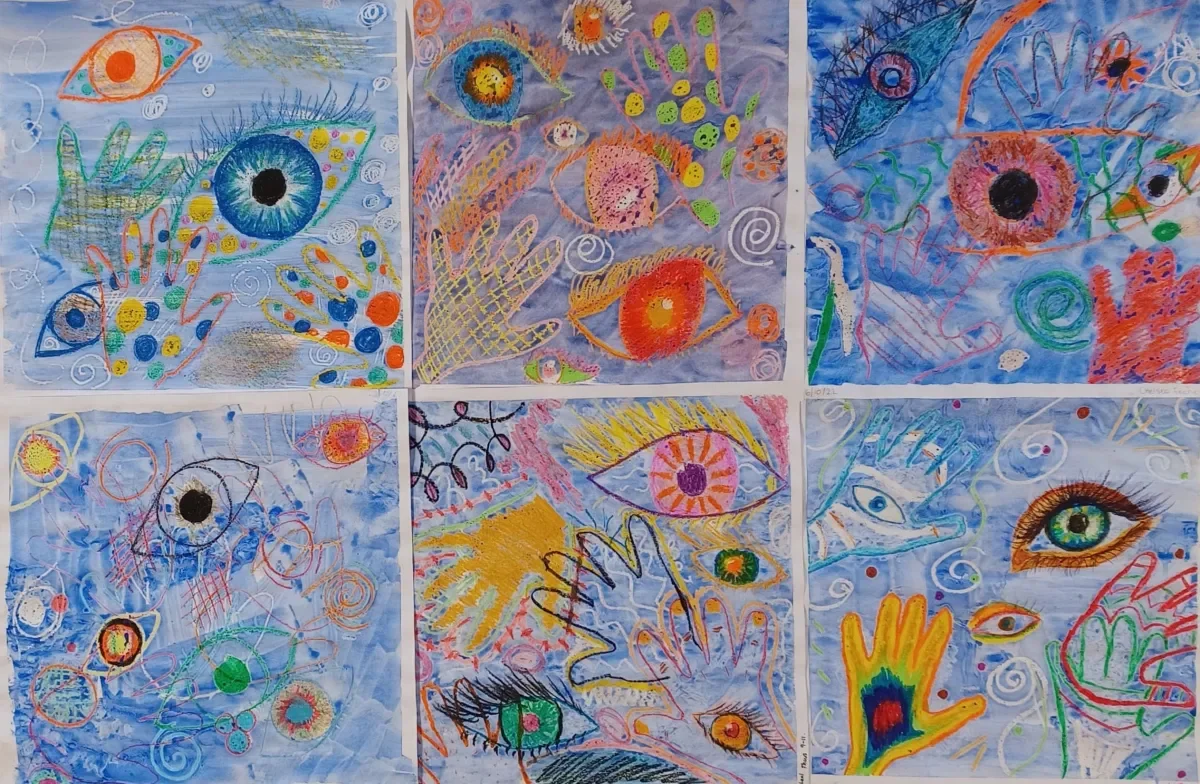
New Preservice Teachers Making Their Mark in Visual Arts
New Preservice Teachers Making Their Mark in Visual Arts
Another semester is under wraps and both our new undergraduate and postgraduate students studying primary education made their mark in visual arts. Every year, students of varying artistic self-efficacy levels in visual arts enter our studio spaces and re-discover the artist within. Research reports how important it is to develop preservice teachers’ artistic self-levels so they can plan, teach and assess visual arts in a manner that nurtures children's creativity and promotes individual self-expression across the visual arts curriculum strands. Teachers with lower artistic self-efficacy levels tend to shy away from more open and innovative practice and rely more so on facilitating overly prescriptive and recipe-orientated artistic experiences in their classrooms.
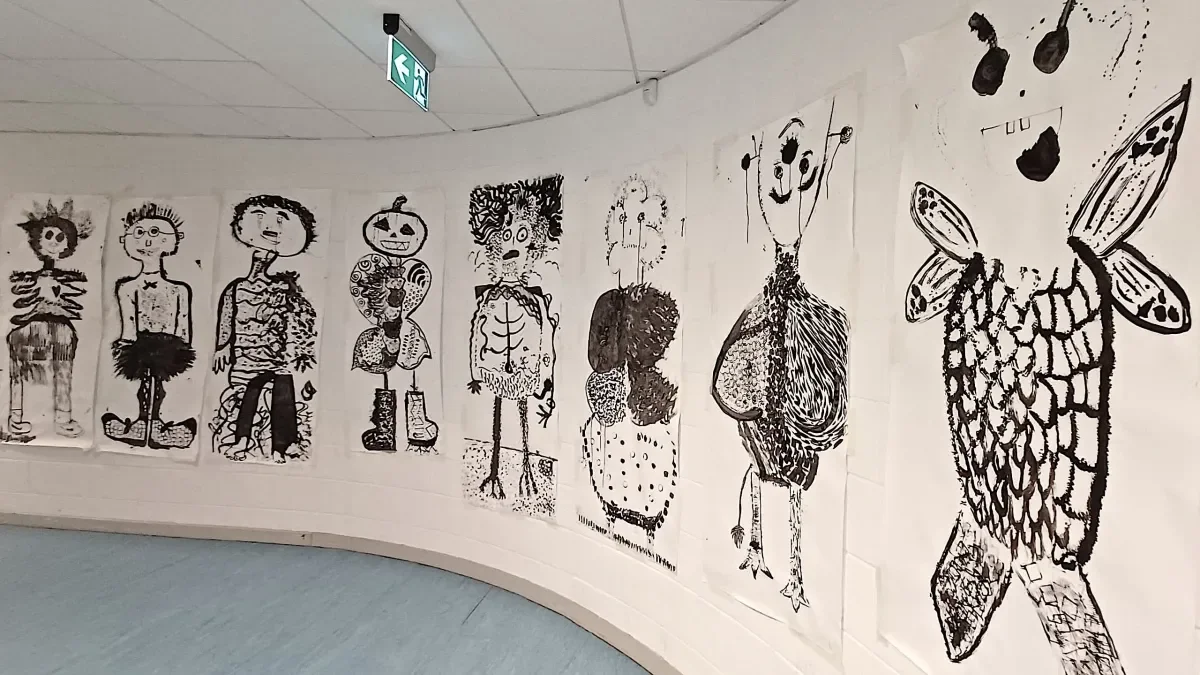
Mark-making is a favourite and compelling activity for most children. It begins in infancy with those first magical marks, which, with experience, may develop into complex drawings, paintings or prints (GOI, 1999). Once children become aware of the effects of line, they can create with mark-making and drawing, painting and printmaking becomes a way of exploring real and imaginary worlds where they can safely play with ideas, feelings and experiences (GOI,1999). Children’s mark-making needs stimulation, encouragement and scaffolding. One of the most challenging tasks facing the primary school teacher is knowing how to introduce a mark-making experience to children. Purposeful experiences should begin with a stimulus that fires the children’s interest and imagination and makes them want to get started. Suggested practical starting points include working from children’s experience and imagination, using materials and tools as stimulus, working from observation and curiosity and using the work of artists and craftspeople as stimulus (GOI, 1999). From the beginning, our new students learn to appreciate first-hand the essentiality of mark-making in children’s artistic development.
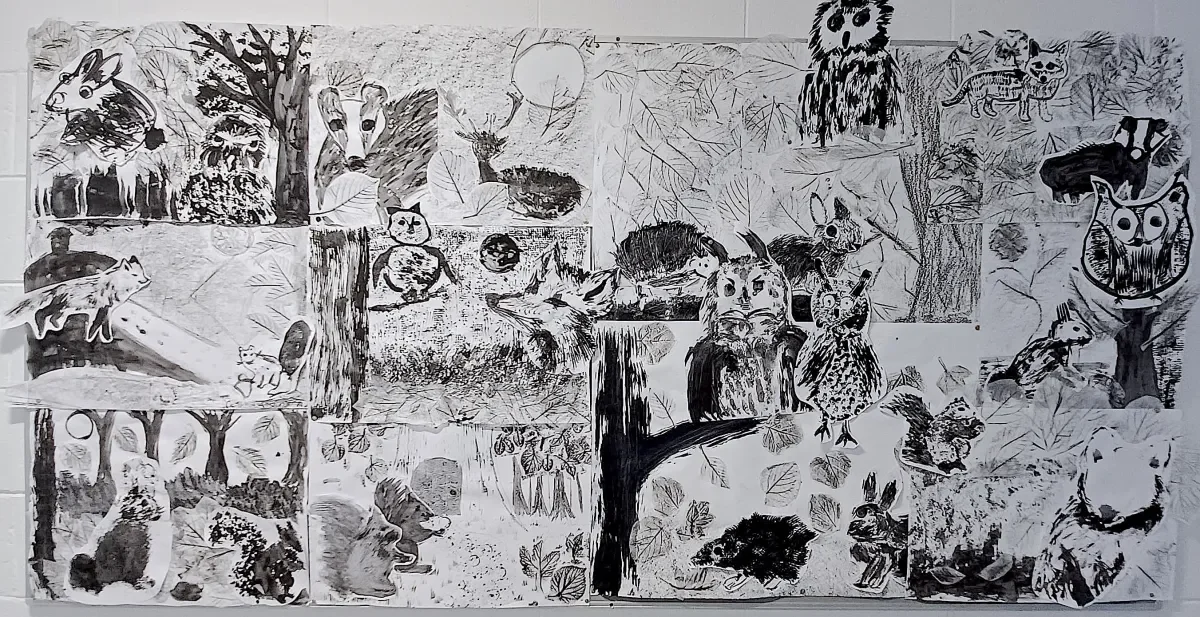
Through explorative mark-making, our students discover the properties and possibilities of different drawing, painting and print media and tools and express themselves using the language of the visual elements. Students create personal works that include initial explorative mark-making, abstract ‘improvisations’ inspired by Kandinsky, observational work inspired by nature and co-create cadavre exquis (exquisite corpse) - a collaborative drawing approach first used by surrealist artists to create bizarre and intuitive drawings. Students learn to create and self-evaluate homemade painting brushes and printing tools and through corridor display, they have opportunities to learn from each other's work and how each lecturer approached mark-making in different ways. While very much process-orientated, a key strength of visual arts education is its tangibility. Learning, thinking and questioning are concretised in finished pieces. Personal experimentation, problem-solving and imagination are illustrated in manifested form. Students digitally document their creative learning journeys and reflect on these experiences informed by related theory and curriculum understanding.
Visual Arts Education Team
